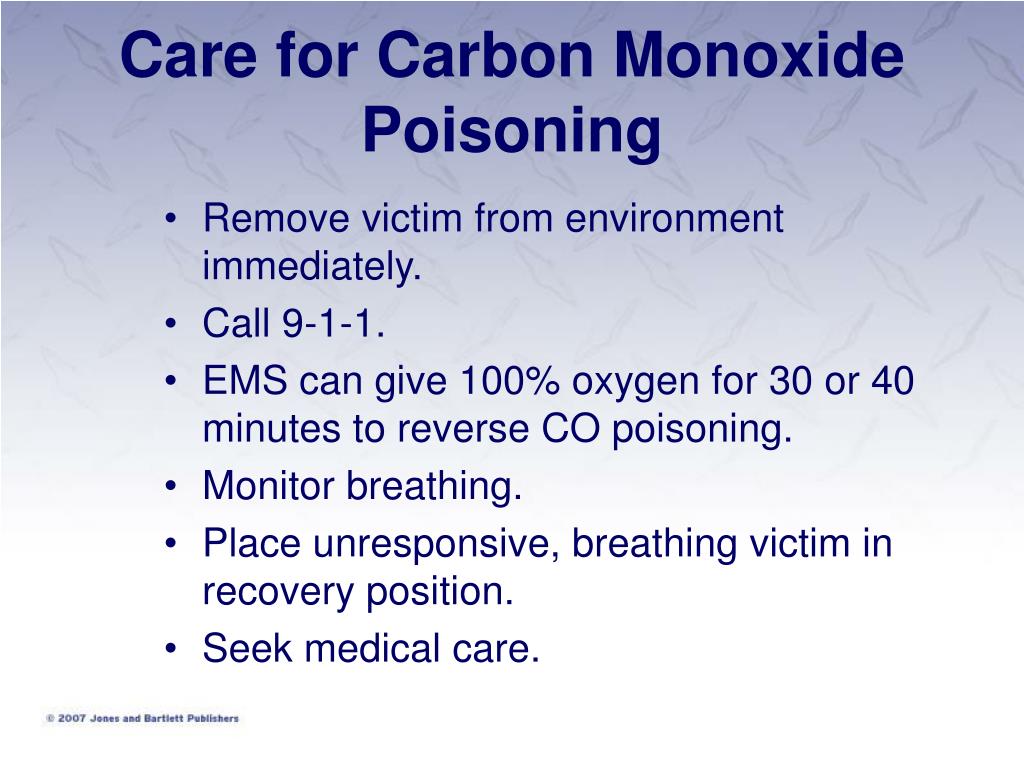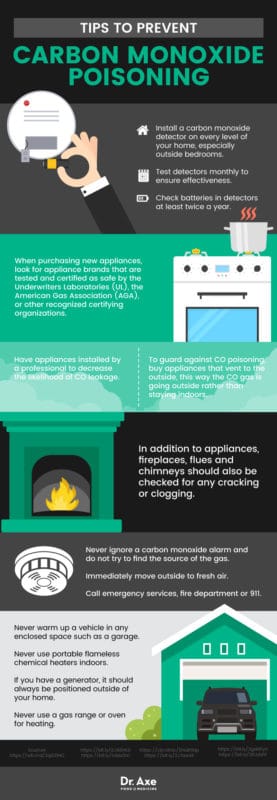
Carbon monoxide poisoning in pregnant women can cause fetal death or cerebral palsy in the child.Īfter a carbon monoxide poisoning occurs, your doctor should ask about the condition of fuel-burning appliances and equipment in your home and at work, the quality of ventilation in those areas, the length of exposure, whether your symptoms improve when you leave the area, and whether any of your family members or co-workers present similar symptoms.Ģ3 year-old warehouse worker suffered an acute carbon monoxide exposure while operating a propane-powered fork lift with inadequate ventilation. Additionally, as many as one in five people who had mild to moderate poisoning can develop lasting neurological problems, ranging from mild personality changes to severe intellectual impairments.

As many as two out of three people who suffered severe carbon monoxide poisoning may have long-term neurological problems. However, longstanding effects of carbon monoxide may include injuries to the central nervous system, toxic encephalopathy, memory loss, balance problems, and COPD. Short term effects of carbon monoxide involve symptoms such as headaches, heart palpitations, and other basic symptoms that will generally cease after treatment.
Personality changes or extreme mood swingsĬall Us Now (312) 877-5588 Schedule a Consultation. SymptomsĬommon symptoms of carbon monoxide poisoning may include: Carbon monoxide makes up anywhere from 2% to 12% of diesel exhaust gases. While diesel fuel combustion engines produce lower levels of carbon monoxide than gasoline engines, these emissions can still generate lethal amounts of carbon monoxide given a sufficient amount of time in an enclosed space. Workers exposed to buses, locomotives, trucks, cars, forklifts, compressors, and other equipment powered by gasoline, diesel, or other fossil fuels may be at risk for carbon monoxide poisoning. The internal combustion engine is the primary source of workplace exposure to carbon monoxide. Problems typically arise when the sources are used in an enclosed or partially enclosed space where the carbon monoxide can accumulate to dangerous levels. Normally the amount of carbon monoxide produced by these sources isn’t a cause for concern. Carbon monoxide is produced by engines, furnaces, heating units, and welding operations. Don’t drive yourself to the hospital, because you may pass out while driving.Carbon monoxide is produced by various fuel-burning products, such as burning diesel fuel, gasoline, wood, propane, or charcoal. If you believe you have CO poisoning, go outdoors immediately and call 911. You should never treat CO poisoning yourself. This treatment quickly increases oxygen levels in the blood and it’s typically used in severe cases of CO poisoning or to treat CO poisoning in pregnant women. The oxygen chamber has twice the pressure of normal air. Your doctor may temporarily place you in a pressurized oxygen chamber (also known as a hyperbaric oxygen chamber). If you’re unable to breathe on your own, you’ll receive oxygen through a ventilator. Your doctor will place an oxygen mask over your nose and mouth and ask you to inhale. This treatment increases oxygen levels in the blood and helps to remove CO from the blood. The best way to treat CO poisoning is to breathe in pure oxygen. Quick treatment is essential to prevent life-threatening complications. 
If a doctor suspects you have CO poisoning, you’ll receive treatment immediately once you’re in the hospital. How is carbon monoxide poisoning treated?






 0 kommentar(er)
0 kommentar(er)
